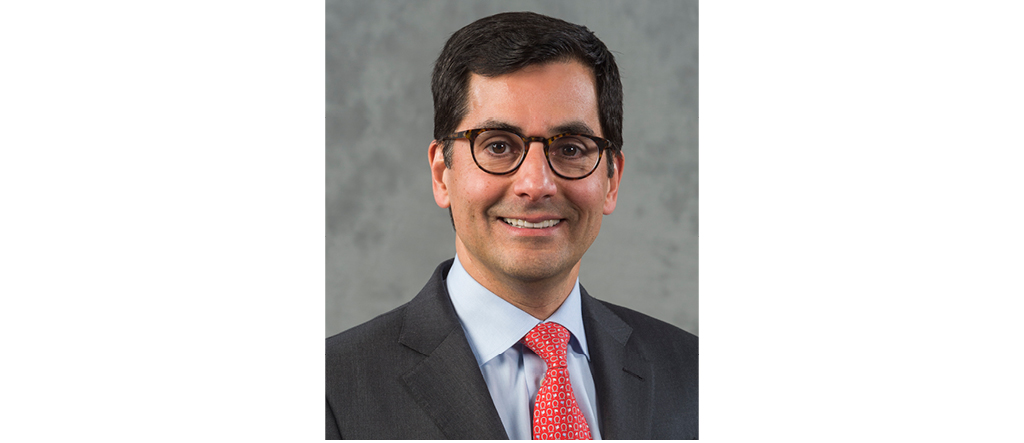COVID-19 struck our communities so rapidly that few radiology practices had time to adequately prepare. Over days to weeks, we ramped up to fight a new disease approaching our shores. We learned about the radiology of the disease and helped prepare our institutions, departments, and staff. Then, something else occurred — in many places overnight. It became clear that we must cancel all non-urgent medical services to limit the use of resources necessary to fight COVID-19 and for the safety of our patients and staff. Gone were screening studies, non-urgent surgical planning, and non-urgent interventions and therapies. As a result, much of our practice revenue suddenly disappeared. People around the world are making sacrifices, and our circumstance is certainly not unique. Like many across the globe, radiologists are working to halt the spread of the virus while also incurring real financial consequences that threaten the future of many practices.
As we cancelled the majority of our imaging, difficult questions arose. How will we continue to pay and employ our administrative and clinical staff? How will we, as practicing radiologists, pay ourselves? The repercussions are already being felt. Many radiology professionals, including radiologists, RTs, and nurses, have lost their jobs. Others face an uncertain furlough period. Institutions struggle with their reserves as investment portfolios suffer.
At such a trying time for everyone, discussing finances is not an easy conversation to have. But not addressing the topic can bring serious negative consequences to our broader communities and the very patients we serve. There are local solutions, which are too diverse and specific to discuss here, although I do encourage the sharing of best practices within our communities, such as Engage. Rather, I will discuss national programs and policy changes that apply during the COVID-19 emergency, recognizing that these could change and other options could surface.
Please check the regularly-updated ACR COVID-19 Economic and Regulatory Updates for Radiologists page for the latest information on the federal programs I will discuss below.
CMS Accelerated and Advance Payment Program
In late March, CMS announced it is expanding its Accelerated and Advance Payment Program. Almost all practices are eligible, assuming they have submitted Medicare claims within the last 180 days, are not under investigation, and have not filed for bankruptcy. Practices may request a specific monetary sum — up to 100% of their Medicare amount for a three-month period. No interest is charged. Repayment begins 120 days after the date of issuance of the funds, with 210 days available to repay the balance.
Small Business Administration Economic Injury Disaster Loans Program
The Coronavirus Aid, Relief, and Economic Security Act (CARES Act) includes several provisions that may help radiologists. None of the provisions are radiology-specific.1 The law made changes to the Small Business Administration Economic Injury Disaster Loan (EIDL) program to cover economic injury resulting from the disaster. This includes loss in revenue. The maximum amount of these loans is $2 million, with a 3.75% interest rate and maximum 30-year note.
The Paycheck Protection Program
The Paycheck Protection Program allows loans of up to $10 million for businesses with fewer than 500 employees. The maximum amount is 2.5 times the average monthly payroll prior to the pandemic, with payments deferred for six to 12 months. This amount is subject to loan forgiveness provisions for amounts spent in the eight weeks after loan origination for items such as payroll, rent, and utilities.
Funding for Healthcare Providers
The CARES Act also includes $100 billion in direct financial support to practices providing testing, diagnoses, or care for COVID-19 patients. This funding will involve an application process through the Assistant Secretary for Preparedness and Response as part of the Public Health and Social Services Emergency Fund. The funds may be used for lost revenue due to COVID-19.
On April 7, CMS Administrator Verma stated that $30B in funds from the Public Health and Social Services Emergency Fund, via the CARES Act, could be distributed directly to physicians based on Medicare volume as grants.
General Payment Relief
Several changes have occurred to improve payment, which require no action by radiologists. This includes a suspension of the 2% sequestration imposed on our payments and relief for sites where the Geographic Practice Cost Index is below the 1.0 national average. Sizable expansion of telehealth coverage has taken place as well. These policies will increase overall payments. Accommodations to lessen the penalties and burden of the Merit-Based Incentive Payment System program were also provided.2
The ACR’s Commission on Economics will continue to monitor these policy changes and influence policy to help practices survive locally and share best practices nationally. I invite you to review all of the ACR COVID-19 Resources available at ACR.org/covid19.

